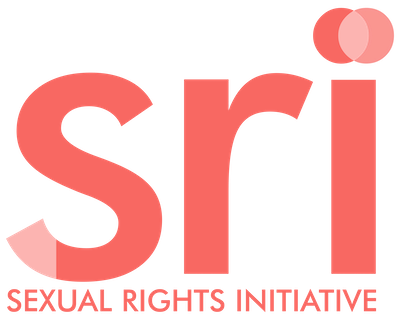Session
National Report
Para 92) Chapter III of the Health Act (No. 18-11) of 2 July 2018 contains an entire section (15 articles) on the protection of mother-and-child health.
Para 93) Regarding the reduction of avoidable maternal mortality and morbidity, more mother and-child health-care units have been built, more human resources (medical and paramedical) have been mobilized, a permanent compulsory notification system for maternal deaths has been established and investigations are now conducted into every reported death. The maternal mortality rate fell from 117 deaths per 100,000 live births in 1999 to 57.7 deaths per 100,000 live births in 2016, then to 48.5 deaths per 100,000 live births in 2020.
Para 94) A pregnant women’s health programme was established in 2018. Health-care professionals are required to report all pregnancies and register expectant mothers with a public or private maternity ward from the third month of gestation. Periodic monitoring of the pregnant woman’s health is required by law. The cost of a private delivery may be covered by the social security system in accordance with the conditions laid down in Executive Decree No. 20-60 of 14 March 2020.
State under Review
National Report
UN Compilation
UN Compilation
Para 49) The Special Rapporteur on the right to health stated that health-related indicators had improved significantly since independence, including the life expectancy of most segments of the population, maternal and child mortality rates …
Para 50) The Special Rapporteur highlighted that Algeria ranked below the global average on maternal mortality and morbidity, but slightly above the regional average for the Middle East and North Africa. Despite notable progress made over the past decades in reducing the maternal and neonatal mortality ratio, from 230 maternal deaths per 100,000 live births in 1989 to 63.6 in 2014, the country fell short of meeting the Millennium Development Goal 5 target on reducing maternal mortality, which was 57 per 100,000 live births. Rural regions and the south were most affected by poverty and social exclusion and ranked higher in relation to the absence of monitoring during pregnancy and unaccompanied births.
Para 51) The Special Rapporteur noted that the majority of maternal deaths were preventable. The lack and insufficient quality of relevant health-related data and analytical studies were important deficiencies and challenges that seriously compromised public policy efforts in the health and health-related sectors.
Para 63) The Special Rapporteur on the right to health commended the Government for the efforts made over the past few years to address the prevention and treatment of cancer, including breast and cervical cancers. He noted that women had enjoyed an overall improvement in health indicators since independence, including increased life expectancy, decreased maternal mortality rates and the fight against infectious diseases. However, serious challenges remained concerning the full realization of women’s right to health, in particular barriers to the enjoyment of sexual and reproductive health rights and the effective implementation of a normative framework on violence against women.
